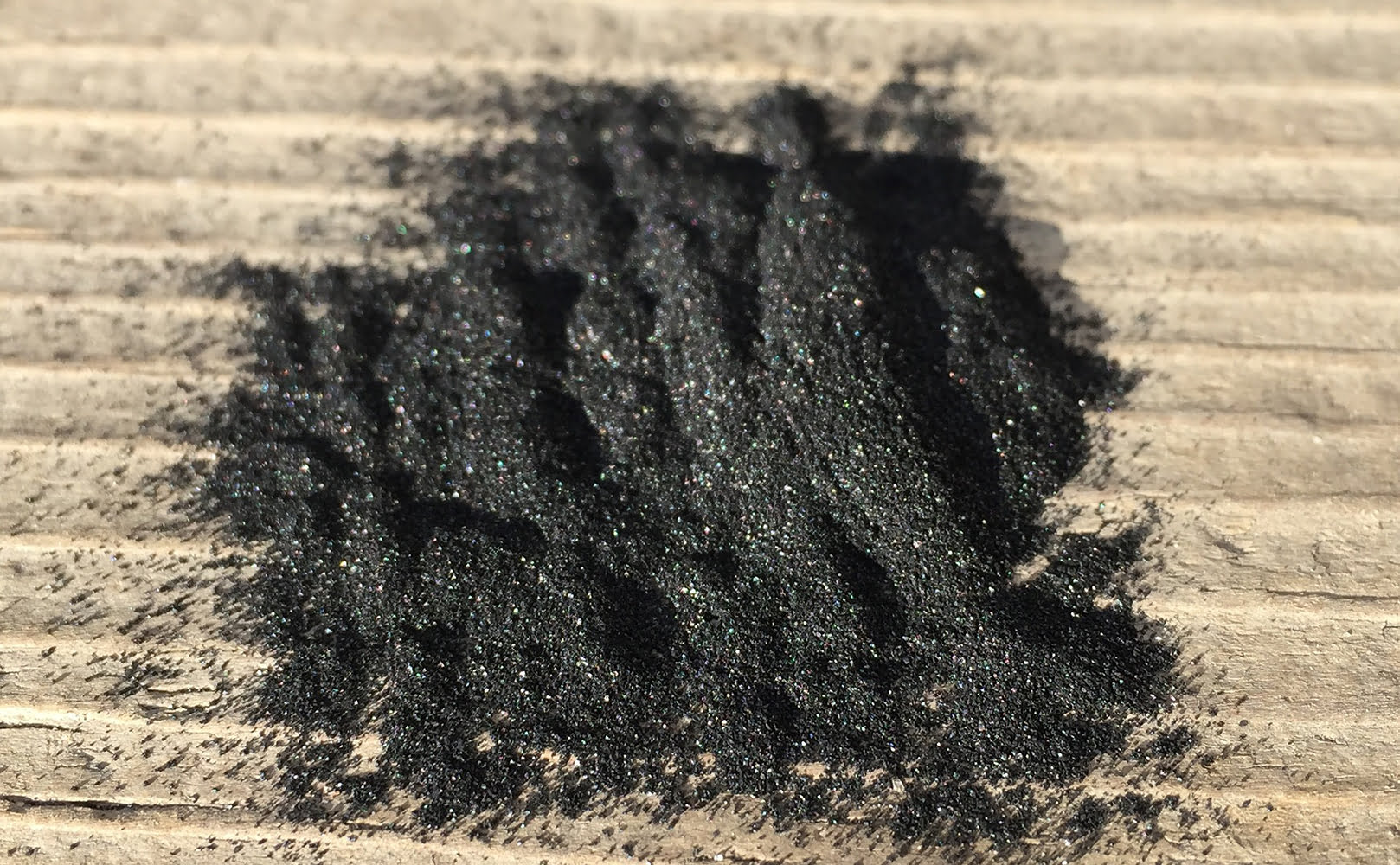Does Reverse Osmosis Remove Mercury from Water? Let’s Find Out!
Written by: Gene Fitzgerald // Last Updated: Apr 27, 2023
This page may contain affiliate links. If you buy a product or service through such a link we earn a commission at no extra cost to you. Learn more.
Finding out that your drinking water contains mercury can be scary.
The next logical step in this situation is to find a way to remove it from your water supply. Several water filtration technologies exist in the market, but reverse osmosis is advertised as an effective fix-all for most water contaminants.
But does reverse osmosis also remove mercury from water? Keep reading to learn the answer!
Key Takeaways
- Reverse osmosis removes about 95-97% of mercury in water.
Does Reverse Osmosis Remove Mercury from Water?
So, does reverse osmosis remove mercury from water?
Yes, reverse osmosis removes 95-97% of mercury which, obviously, is almost all of the mercury in your water.
How Does Reverse Osmosis Remove Mercury from Water?
Reverse osmosis works by passing highly pressurized water through a semipermeable membrane. The RO membrane has tiny pores designed to prevent contaminants from passing through them. Almost only pure water molecules can squeeze through said pores and reach the other side.
Since mercury is unable to pass through a reverse osmosis membrane, it’s stuck on the membrane surface before it’s flushed down the drain as waste water.
This process is straightforward and very effective.
Other Ways to Remove Mercury from Water
Alternative methods for removing mercury from water include:
Carbon Filtration
Activated carbon filters have very large surface areas and work with the principle of adsorption. As water passes through a carbon filter, contaminants like mercury are adsorbed into the small pores on the carbon’s surface.
Carbon filters have proven to remove mercury effectively. They’re also environmentally friendly, cheap, and readily accessible.
However, activated carbon filters need to be changed regularly. The more contaminants they filter, the more saturated they become. If you continue to use you carbon filter without replacing, it’ll become ineffective.
Water Distillation
Distillation is one of the oldest ways to purify water. It involves boiling water until it evaporates. The vapor goes into the condenser, where it cools and turns back to liquid. Since water has a lower boiling point than mercury, all water molecules turn to steam, leaving the mercury behind. The pure water is then stored in a storage tank for later use.
Water distillation doesn’t only remove mercury. Pretty much all other contaminants are also eliminated in the process.
But as effective as it is, distillation has its downsides. For one, it is a very expensive and slow process. This can be annoying if you have a large household.
Lime Softening
Lime softening is another way to get rid of mercury in water. It involves adding lime water (calcium hydroxide) to the feed water to cause the precipitation of metallic contaminants like mercury.
This method is also used to soften water because it removes calcium and magnesium, which are responsible for water hardness. Lime softening is inexpensive and reliable.
Does Boiling Water Remove Mercury?
No, boiling water does not remove mercury from it. On the contrary, it increases the concentration of mercury. The only way to remove mercury from water are the ones we mentioned above.
What Is Mercury and How Does It Enter Our Water Supplies?
Mercury is a silver-white metal with the chemical symbol Hg. It is the only existing liquid metal. It is odorless, and when left exposed, it evaporates into the air and combines with other elements to form organic and inorganic compounds.
Mercury is a neurotoxin, meaning it can affect the brain and nervous system. We’re now more aware of its dangers, and in the last few decades, popular mercury-using products like fever thermometers have been pulled from the market.
Mercury is released into the environment through different routes. It can be naturally released from rock and soil containing mercury. It could also be released from the combustion of oil and coal containing small levels of mercury, or the burning of materials that contain mercury, like batteries.
Once free in the environment, mercury can get into our water supplies easily – rain and snow containing mercury can flow into water sources like lakes, reservoirs, and rivers. Mercury could seep into the groundwater from industrial waste sites. And in farmlands, mercury-based pesticides can wash into the groundwater, contaminating it.
Health Effects of Mercury in Drinking Water
Drinking mercury-contaminated water can lead to several negative health effects. However, the severity of these effects depends on the type and amount of mercury a person has been exposed to and how long the mercury has been building up in the body.
Inorganic mercury is more harmful to children but less likely to negatively affect adults in the levels found in our water supplies these days. Animal studies have shown that small amounts of inorganic mercury passes on to the fetus during pregnancy, leading to developmental delays.
Animals exposed to high levels of inorganic mercury experienced kidney damage, tumors, and changes in the immune system.
Organic mercury compounds are more harmful than inorganic ones. They’re easily absorbed into the bloodstream and cause kidney and nervous system damage. They also affect the brains of growing fetuses.
Other health effects of mercury include cardiovascular, gastrointestinal, and respiratory problems.
Mercury Poisoning
Mercury poisoning occurs due to rapid exposure to high levels of mercury or slow long-term exposure to mercury. Mercury poisoning manifests in different ways, depending on the length of exposure, the amount of mercury the person was exposed to, the form of mercury, and the age of the person involved.
Consuming too much organic mercury or methylmercury is a common cause of mercury poisoning. Methylmercury is mostly found in seafood like fish and shellfish. Exposure to methylmercury causes effects like vision loss, muscle weakness, hearing loss, lung impairment, and cerebral palsy. Like all forms of mercury, methylmercury is more harmful to children.
Pregnant women can be exposed to methylmercury if they consume the wrong kind of seafood. This exposure to mercury can affect the fetus’s nervous system and developing brain.
The other type of mercury poisoning is elemental mercury poisoning, and it’s caused by exposure to spilled mercury. Household items like thermometers and thermostats that contain mercury can be a source of exposure here. Overexposure to elemental mercury causes:
- Insomnia
- Tremors
- Decreased nerve responsiveness
- Reduced cognition
- Mood swings
- Headaches
Acute mercury poisoning is associated with exposure to high levels of elemental mercury vapor. Symptoms of acute mercury poisoning include:
Respiratory symptoms: Coughing and shortness of breath.
GIT effects: These include nausea, vomiting, diarrhea, and abdominal pain.
Nervous effects: Effects of acute mercury poisoning on the nervous system include headache, weakness, and visual disturbances.
Days after initial exposure to mercury, new symptoms that are extremely similar to symptoms of inorganic mercury poisoning begin to arise. These symptoms include heavy salivation, enteritis, and renal damage.
The effects of acute mercury poisoning can be temporary or permanent. Acute mercury poisoning is typically treated by removing the source of exposure, providing supportive care to manage symptoms, and administering medications to reduce the effects of the poison.
How to Test for Mercury in Your Water Supply
There are different ways to test for mercury in your water supply. You could take a sample of your water to an EPA-certified lab. This is the most thorough way to check your water for contaminants. A lab test tells you if mercury is in your water and how much mercury is present. It also gives you insight on other dangerous contaminants in your water. However, lab tests are not free, and results don’t come immediately.
Another way to test for mercury in your water is by using a home water testing kit designed to detect mercury.
If you’d like to save money, consider checking your water quality reports. The EPA directs water utilities to perform routine tests on the water supply and make their findings public. These findings are made available in annual water quality reports. To access them, simply call your water supplier or go online.
If you have any thoughts about the question, does reverse osmosis remove mercury, please don’t hesitate to leave a comment below!
Information provided on BOS is for educational purposes only. The products and services we review may not be right for your individual circumstances.
We adhere to strict editorial guidelines. Rest assured, the opinions expressed have not been provided, reviewed, or otherwise endorsed by our partners – they are unbiased, independent, and the author’s alone. Our licensed experts fact-check all content for accuracy. It is accurate as of the date posted and to the best of our knowledge.



